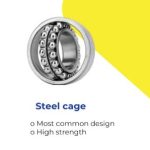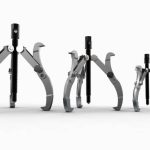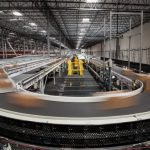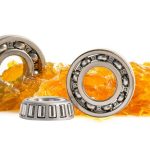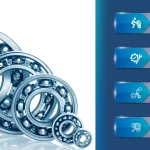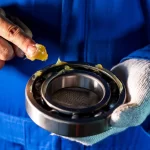Grinding and honing are two vital processes in the manufacturing of bearings. These are the actions that ensure bearings get its precision, durability, and overall performance. High performance bearings need to achieve accurate dimensions, surface finishes, and geometric tolerances. These two processes ensure that the bearings manufactured meet these standards by refining the surface and dimensional structure of bearing components.
Grinding shapes the bearing material into its precise dimensions, but honing provides the best surface finish. Together, these processes enable each manufactured bearing to withstand heavy loads, high speeds, and challenging environments.
Techniques and Equipment for Grinding Bearings
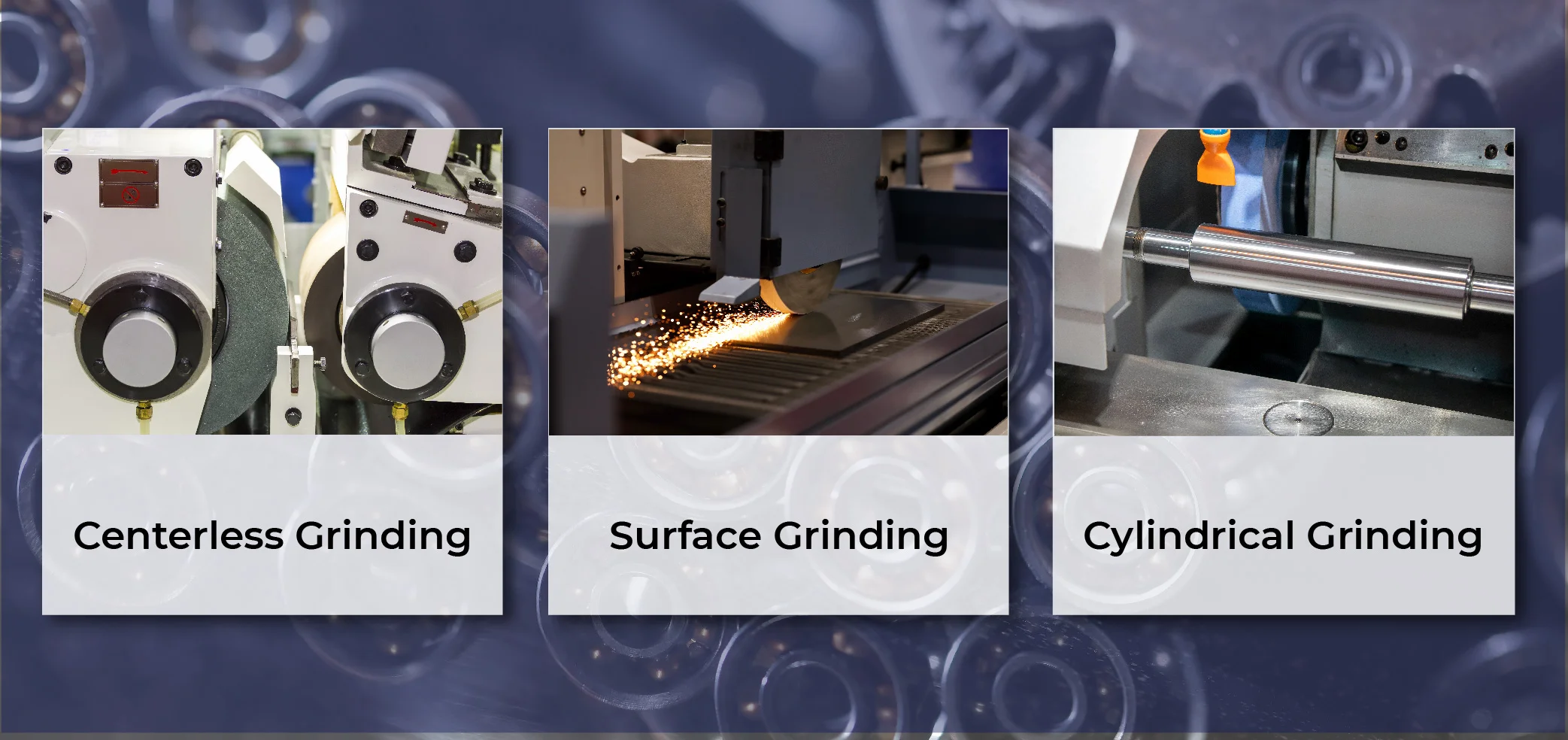
Centerless Grinding: The equipment mechanism includes: two rotating wheels that hold the bearing-one for grinding action, other to control rotational speed. Ideal for manufacture of roller bearings, which needs uniform removal of material and precise roundness.
Surface Grinding: Here the equipment mechanism involves an abrasive grinding wheel. The abrasions ensure a smooth finish on the flat bearing surface. Commonly employed to polish bearing races, it helps minimise risk of friction.
Cylindrical Grinding: Shaping cylindrical surfaces of bearings are done using this technique. Bearing is rotated as the grinding wheel shapes its outer surface. This gives roller bearings their high level of accuracy and dimensional control.
Lately CNC grinding machines have revolutionised the bearing manufacturing process. These allow for high precision and repeatability, ensuring that each bearing meets exact specifications. Abrasive materials, such as silicon carbide or diamond abrasives, are chosen for the grinding wheels based on the hardness of the bearing material and its desired finish.
Honing Processes for Bearing Quality
While grinding contributes to the shape and dimension of bearing components, honing helps refine surface finishes. Honing enhances geometric accuracy of bearing surfaces, resulting in tight tolerances and smooth operation. An abrasive stone creates a smooth finish along the races and other bearing surfaces.
This abrasive stone operates in a controlled space, reciprocating motion across the bearing surface. During this it removes a tiny amount of stray material, ensuring the surface has minimal irregularities and defects. This helps ball bearings and roller bearings avoid friction and wear resistance.
Based on the type of bearing material required, like steel, ceramic, or other hybrid materials, the honing stone is selected. These stones come in various grades, and the ideal one depends on the finish requirements and the bearing’s intended use. Alongside this the roundness and alignment of bearing races are also smoothened to ensure a seamless rolling motion and reduced wear.
Impact of Grinding and Honing on Bearing Performance
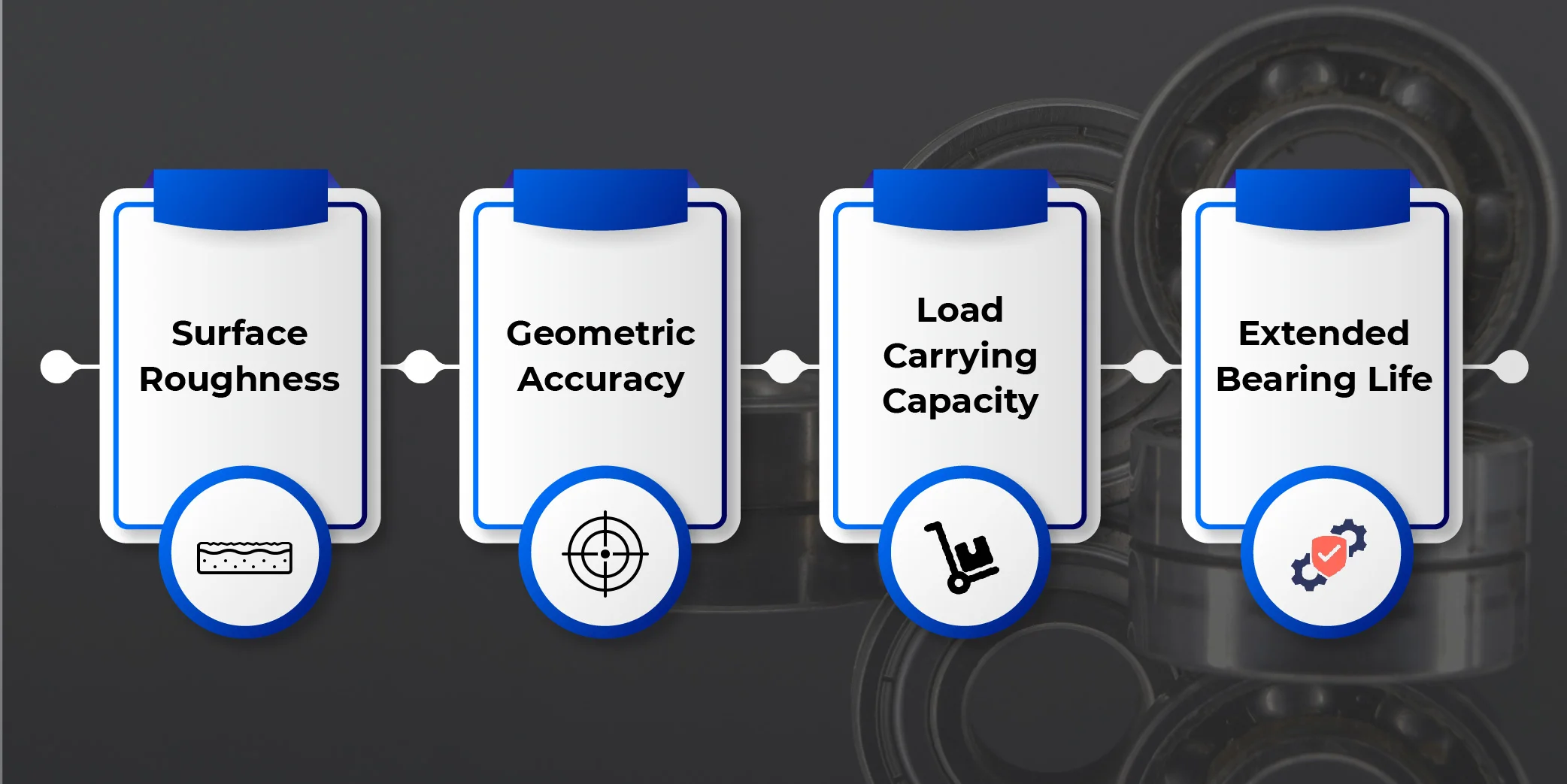
The outcome of grinding and honing processes are reflected in the performance of the final bearing manufactured. Precision grinding transpires in the correct dimensions and optimum tolerances, while honing refines the final surface finish. These processes directly impact several performance factors of bearings:
Surface Roughness: A smoother surface leads eliminates component friction.
Geometric Accuracy: Correct dimension and alignment, ensure proper load distribution and minimise vibration.
Load Carrying Capacity: Optimised surface finish distributes load stress evenly across the bearing components.
Extended Bearing Life: Reduced risk of friction, wear, and heat buildup, results in a longer service life.
Materials and Tooling Selection for Grinding and Honing
Selecting the right materials and tools for grinding and honing is crucial for manufacturing quality bearings. The choice of equipment, as mentioned earlier, depends on the material of the bearing. Different abrasives, like aluminium oxide, silicon carbide, or diamond, are used to machine these materials.
Additionally, lubricants play a significant role in both grinding and honing. WIth the right application conditions it leads to:
- Reduced friction between the abrasive and the bearing surfaces
- Reduced risk of overheating
- Maintaining a consistent surface and dimensional finish.
The correct combination of materials, abrasives, and lubricants can significantly enhance the efficiency of the grinding and honing processes, leading to better-quality bearings.
Emerging Technologies and Innovations
- Innovations in manufacturing technology: Automation with CNC-controlled grinding and honing machines providing unparalleled accuracy and repeatability. They can adjust for temperature, wear, and pressure, ensuring that each bearing meets exact specifications.
- Advances in materials used: Superabrasives such as cubic boron nitride (CBN) and polycrystalline diamond (PCD) are being used to manufacture harder bearing materials. In the long run it offers longer tool life and improved surface finishes.
- Innovations in process control: For real-time monitoring and optimising grinding and honing, sensors and data analytics help prepare against potential wear or overheating, allowing for timely repairs and adjustments.
To Summarise, Grinding and honing are indispensable for manufacturing high-quality bearings. These help bearings meet the precise dimensional and surface finish requirements necessary for optimal performance in a wide range of applications. At NBC Bearings we ensure proper material and tooling selection is prioritised, along with adherence to the operational best practices. This is key to achieving the high-quality standards demanded by industries that rely on bearings. As technology continues to evolve, the future of bearing manufacturing at NBC Bearings promises even greater precision, efficiency, and innovation.
FAQ's
What is the purpose of honing?
- Improve the surface finish of a component by removing small amounts of material.
- Create precise dimensions, smooth surfaces, and optimal roundness.
- Enhancing the performance and longevity of bearings.
What is the honing tool used for?
A honing tool has abrasive stones that move in a controlled manner across the surface of the bearings. These tools achieve tight tolerances and fine surface finishes in cylindrical or flat surfaces.
What is honing in drilling?
In drilling, honing is used to improve the finish and accuracy of the drilled hole.
- It removes irregularities
- Enhances the smoothness of the bore
- Ensures a precise fit for components.
What is the bore honing process?
- First, an abrasive honing tool is rotated and reciprocated inside the bore of a component.
- Next, the tool gradually removes material, refining the bore’s size, roundness, and surface finish.
- Final output meets specific tolerance and performance requirements for the bearing.
What is the process of grinding ball bearings?
Grinding ball bearings involves shaping the outer and inner races of the bearing as well as the balls themselves using grinding machines equipped with abrasive wheels
What are the 4 types of bearings?
- Ball Bearings
- Roller Bearings
- Thrust Bearings
- Plain Bearings




